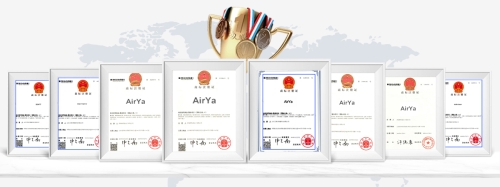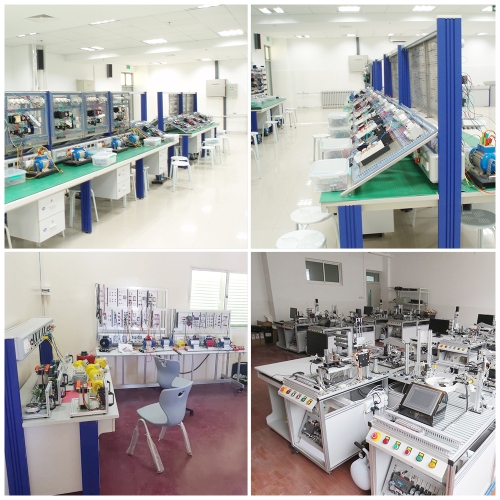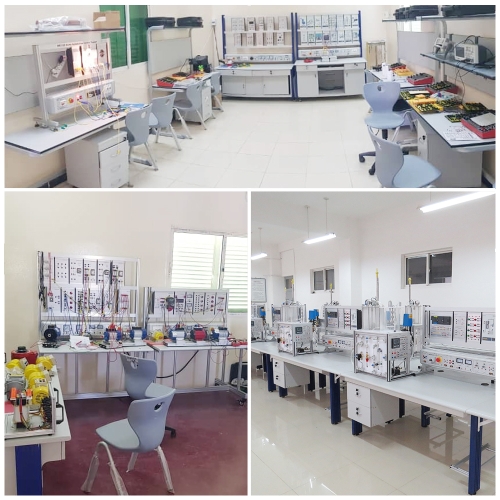AFF034 Calibration of pressure gauges Teaching Equipment Educational Fluid Mechanics Experiment Equipment
Description
operation of a Bourdon tube pressure gauge and a piston manometer
In the field of metrology, calibration describes a process for detecting deviations in a measuring instrument compared to a reference instrument or universally accepted standard value. This observed deviation is taken into account in the subsequent use of the calibrated measuring instrument and adjusted if necessary.

AFF034 is a device designed as an introduction to the basics of checking and calibrating a manometer.
A piston manometer is connected to a Bourdon tube pressure gauge via a pipe.
Piston manometers are especially suited to producing welldefined pressures in liquids or gases and have been used for years as one of the most accurate methods for calibrating pressure gauges.

A defined force is produced by loading the piston with weights. The ratio of force / piston crosssectional area results in a defined test pressure. Hydraulic oil is used to transfer the force. If the pressure in the system rises, the force acts against the spring of the Bourdon tube pressure gauge. The test pressure that is produced can be read on the manometer’s transparent dial. The spring mechanism – and thus the way in which the Bourdon tube pressure gauge works – is clearly visible through the transparent dial.



